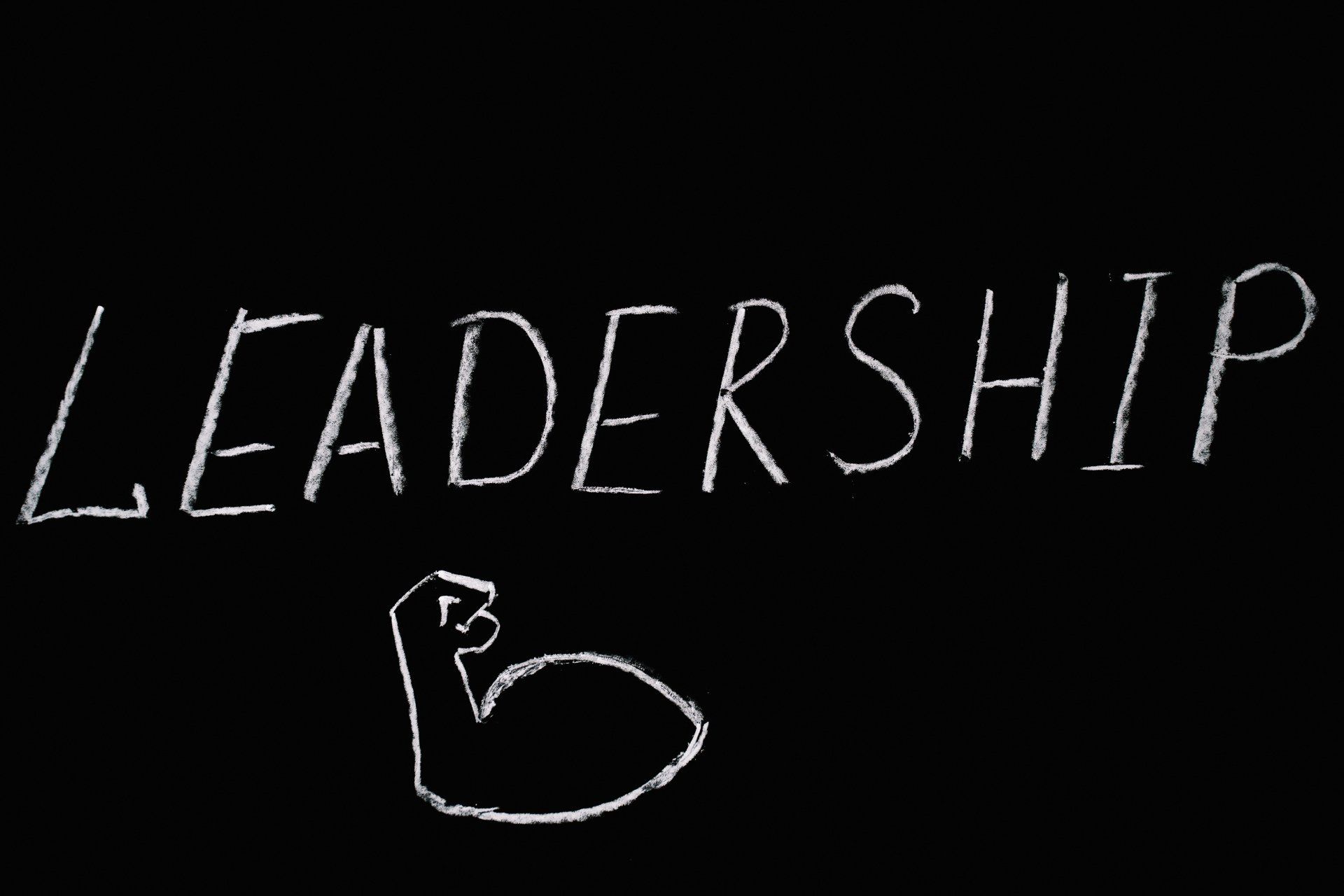
I’ve been leading teams for almost 20 years and shudder at the thought of some of my early leadership values and tactics. In 2021, this is what I know to be instrumental to great leadership.
Belief
You have to start by believing your people are talented and can achieve great things. Belief creates the actual fact. If you doubt people from day one, you’re stuffed from the start.
Be Good
Similarly, your team has to believe in you and your advice/messaging, whatever it is. It certainly helps if you’re good at their job too. Like Gareth in The Office said “In a war situation, if you want your platoon to go over the top with you to certain death, it’s no good saying to them “please come with me lads, I’ll tell you a joke.”
Mezzanine Managers are dead ducks… modern leaders are “in the traffic” helping their team through actions.
Grey
Whilst it is important to give your team clear goals and guardrails to achieve them, give them plenty of grey to interpret. More of your team interpreting the grey, changing the rules, finding new, different and possibly better ways, creates a much stronger team. Programmatic playbooks can be too restrictive and inhibit innovation and fun.
People are unbelievably talented – let them go!
Magnanimity
You have to delight in seeing other people do well; that has to be your number one driver. Leaders who hate seeing their staff earn more than them will be pushing up daisies over the next few years.
Invest
You need to have an active interest in the lives of your team and recognise that work is but one component of a much richer tapestry. This takes effort, but without it, you’ll create a superficial environment where your team doesn’t really care about you either.
Share
Share your knowledge, networks, wealth, opportunities, tricks, friendships, car park, et al. with your team. You can’t create a great team by keeping them ignorant and dependent and besides, it sounds awfully lonely.
Don’t Compete
I hate the term “internal competition” – it conjures up images of teammates fighting one another to the death. That’s not a great team. Give your team the greatest opportunity to be successful and they are more likely to be.
Great leaders are credit givers… as it should be.
Fun
Life and work co-exist more than ever so don’t expect high performers to accept dreading the working week – or “working for the weekend” – as previous generations. Make work fun to increase performance. This means focusing on the good, laughing at yourself, leaving ego at door, embracing diverse thinking, skills and attributes, and recognising that “success” is measured differently by everyone, including yourself.
If a deal falls over, the sky isn’t going to fall in – so how about celebrating the learning opportunity that comes from a loss?
Interested in what others think I’ve missed? Leave a comment and share your opinions on what an authentic leader looks like in today’s working era.

Halcyon Knights Founder/Co-CEO






